12 Symbols and Their Connection to the Evil Eye Meaning You Should Know
The evil eye is a prevalent concept embedded in various cultures and traditions worldwide. Its presence is not only limited to folklore and superstition but is also represented through myriad symbols. This listicle will guide you through some fascinating symbols intricately connected with the evil eye meaning, shedding light on their significance and usage.
1. The Classic Evil Eye Amulet
Also known as a Nazar, the classic evil eye amulet is one of the most recognizable symbols. This blue eye is believed to protect against negativity and ward off malevolent gazes.
Historically, many cultures have attributed the power to the evil eye amulet to deflect negative energy, originating from envious looks or ill-intentions. This symbol’s simplicity in design is often deceptive, given its potent efficacy as a protector. The blue hue is not merely a stylistic choice but a significant part of its symbolism. The color blue is associated with the spiritual dimension and tranquility, acting as a calming presence against negative forces. Wearable as jewelry or hung up in homes, the classic evil eye amulet remains an indispensable tool for those seeking protection from unseen threats.
2. Hamsa Hand Symbolism
The Hamsa hand, featuring an eye in the palm, is a powerful talisman used extensively in the Middle East and North Africa. It represents protection, power, and strength, combating the evil eye’s malicious intent.
The Hamsa is renowned for its deep symbolic heritage, tracing back to ancient Mesopotamian culture. In modern times, it transcends its geographical origins to become a universal emblem of protection and good fortune. Its design often incorporates intricate details and can sometimes show floral and geometric patterns, each adding to its protective potency. The hand, often depicted with a symmetrical thumb, symbolizes the divine presence, reinforcing the user’s faith and spiritual resilience. For many individuals, the Hamsa hand serves not only as a defense against adversities but as an emblem for blessings, prosperity, and inner peace.
3. The Protective Blue Eye
Widely used in jewelry and decor, the blue eye symbol channels the energy of the evil eye amulet. Its vibrant color is associated with spiritual protection and intuition.
The remarkable allure of the protective blue eye lies in its simplicity and its powerful cultural connotations. Its deep connection with water and the sky adds layers to its protective qualities, symbolizing both emotional depth and serene clarity. This symbol is often adeptly crafted into various ornamental forms such as pendants, bracelets, and even wall hangings, seamlessly merging aesthetic appeal with spiritual safeguarding. Its widespread acclaim can be attributed to its versatility, allowing each piece to potentially become a personal token catered to individual protection needs, constantly fending off ill wishes and negativity.
4. The Eye of Horus
An ancient Egyptian symbol, the Eye of Horus offers protection and healing. It is often linked to safeguarding against the evil eye, emphasizing restoration and health.
The Eye of Horus, also referred to as Wadjet, is a timeless emblem steeped in Egyptian mythology. This renowned symbol represents Horus, the falcon-headed sky god, whose eyes were considered embodying the sun and the moon. The Eye of Horus not only serves as a physical protector but also embodies restoration, given the myth where it was used to restore Horus’s eye after it was damaged in battle. As a talisman, it promotes healing and renewal, making it a sought-after amulet to wear or place within environments needing purification or rejuvenation. Its presence is believed to ensure divine harmony and cosmic equilibrium, a crucial factor in countering negative energies.
5. Greek Gorgoneion
The Gorgoneion symbol, depicting the head of the Gorgon, Medusa, was used in ancient Greece to fend off the evil eye. Its fierce appearance is believed to reflect back the malevolent energy to the sender.
The Gorgoneion was a powerful apotropaic symbol in classical antiquity, with its origins rooted deeply in Greek mythology. Displayed on shields, armor, pottery, and architectural structures, it served as a potent deterrent, deflecting malevolent forces. Its appearance—featuring the wild hair of snakes and a gaze that rivaled the onlooker with its intensity—embodied the raw power needed to impose fear on any potential harm-doer. The usage of such imagery capitalizes on the belief that like fends off like, transforming the terrifying visage into a defensive mechanism, and instilling courage and resilience where it is employed.
6. Turkish Eye Bead
Also known as Nazar Boncugu, the Turkish eye bead is prominently used for protection against the evil eye. These beads are deeply rooted in Turkish culture and are often gifted to newborns.
The tradition of gifting Nazar Boncugu is a testament to its cultural significance and the perceived protective charm embedded within these simple yet powerful beads. Symbolizing watchfulness against evildoers, these beads are frequently found adorning homes, vehicles, and even animals. The belief is that their watchful eye exudes a barrier, channeling invasive energy away from the individual wearing or possessing the bead. Embraced as family heirlooms, these beads represent the continuity of protection, often involved in rites of passage, thus encapsulating generational wisdom and affection through their vigilant gaze.
7. Bent Horn of Italy
Known as cornicello in Italian, this horn-shaped amulet is worn to deflect evil eye curses. It symbolizes fertility and virility, doubling as a talisman for protection.
8. The Protective Eye of Fatima
Commonly worn in jewelry, this symbol is a variation of the Hamsa. It is revered for bringing luck, harmony, and protection against the evil eye.
The Eye of Fatima, much like its cousin the Hamsa, holds a rich tapestry of cultural narratives surrounding protection from harm. This particular symbol carries the legacy of Fatima, the daughter of the Prophet Muhammad, bestowing a sacred legitimacy to its role as a protector and bringer of peace. Infused with elegance and mystique, jewelry pieces featuring the Eye of Fatima often utilize a blend of metals and gemstones, each color and element meticulously chosen to offer specific protective properties. Embracing this symbol enhances one’s defensive aura and attracts prosperity, making it a popular choice among those seeking balance and reassurance in their lives.
9. Apotropaic Eyes in Architecture
Seen in buildings and artifacts, architectural eyes serve apotropaic purposes, designed to ward off evil forces and the watchful gaze of the evil eye.
The use of eyes in architectural elements is a fascinating application of ancient protective strategies in modern settings. Whether etched on gates, doorways, or high atop edifices, these eyes metaphorically stand watch over inhabitants, ensuring the safety of those within. Their perpetual vigilance stands in stark contrast to the less tangible threats of malicious gazes or envious stares, translating beliefs into physical forms that captivate the imagination. By integrating apotropaic eyes into the built environment, architects and artisans harness age-old wisdom to reinforce the physical and spiritual fortifications of a space, protecting it from potential spiritual harm.
10. Judaic Chai Symbol
The Chai symbol, meaning life, is used alongside the evil eye in Jewish tradition to bring good fortune and counteract negative energies directed at an individual.
Far from its simplistic appearance, the Chai symbol carries profound implications within Jewish culture, integrating seamlessly with protections against the evil eye. A revered icon, it reflects an intrinsic value on life itself, reminding those who wear it of the beauty within everyday experiences and interactions. When coupled with amulets and charms designed to deflect negativity, its power is multiplied rather than merged, reviving hope and fortitude. Whether worn during prayer or everyday life, the presence of the Chai symbol enveloped by protective symbols creates a dynamic synergy that exemplifies duality of deterrence and reinforcement, ensuring that life is not only lived but also safeguarded.
11. The Celtic Knot Protection
While not directly linked to the evil eye, the intricate patterns of the Celtic knot are believed to offer protection and encapsulate energy, guarding against unseen influences.
The Celtic knot is a testament to the power embedded in design and cultural symbolism. Revered for its complexity and endless loops, it evokes the continuity of life and eternity, binding those who wear it to a network of energies that transcend the physical realm. While its roots lie in pre-Christian Celts, its appeal has permeated throughout various cultures, now deployed for its aesthetic beauty and protective properties alike. Whether woven into pendants, engravings, or tapestries, the interlocking loops serve as connectors, channeling protective energies while also acting as focal points in meditation and reflection against myriad threats. Its abstract form provides a universal language that speaks of timeless guardianship, assuring its relevance across generations.
12. Ancient Greek Mati
A traditional Greek symbol, Mati is similar to the popular blue eye symbol. It is frequently displayed in homes and worn as an accessory to avert negative stares and misfortune.
The Mati is a familiar emblem to those acquainted with the sunlit isles and vibrant streets of Greece. Its widespread use transcends decorative appeal, embedding its function in the everyday lives of Greeks who revere its protective prowess. Whether boldly adorning bracelets, necklaces, and keychains or subtly integrated into clothing and artworks, the Mati intensely radiates a potent defense. Its widespread application underscores a cultural interconnection, as seen in shared moments when one gives Mati-adorned gifts, solidifying bonds of love and friendship and extending wishes for well-being and prosperity. Beyond its continuous presence in modern and classical settings, the Mati’s open gaze perpetually invites safety, echoed through communal celebrations where it operates on both artistic and personal planes.





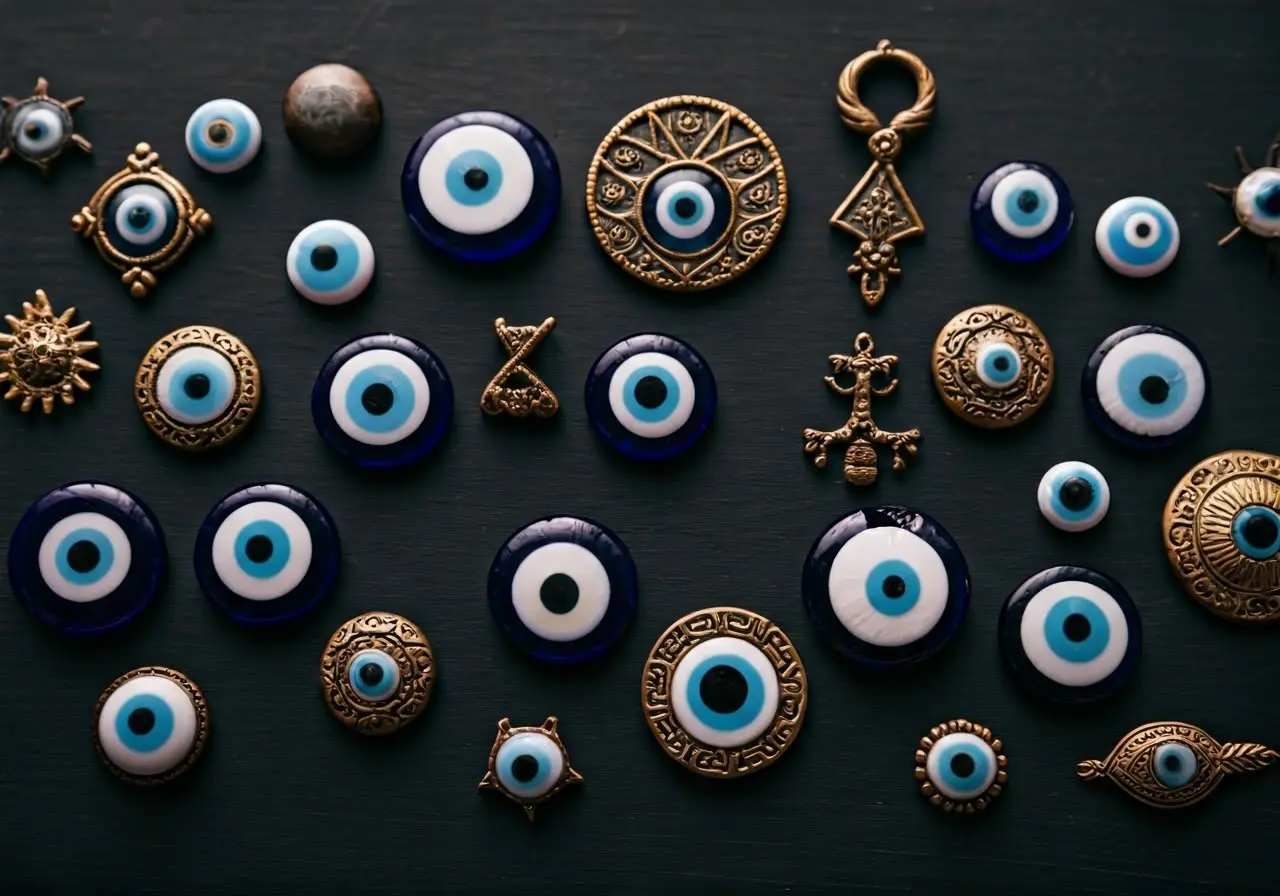
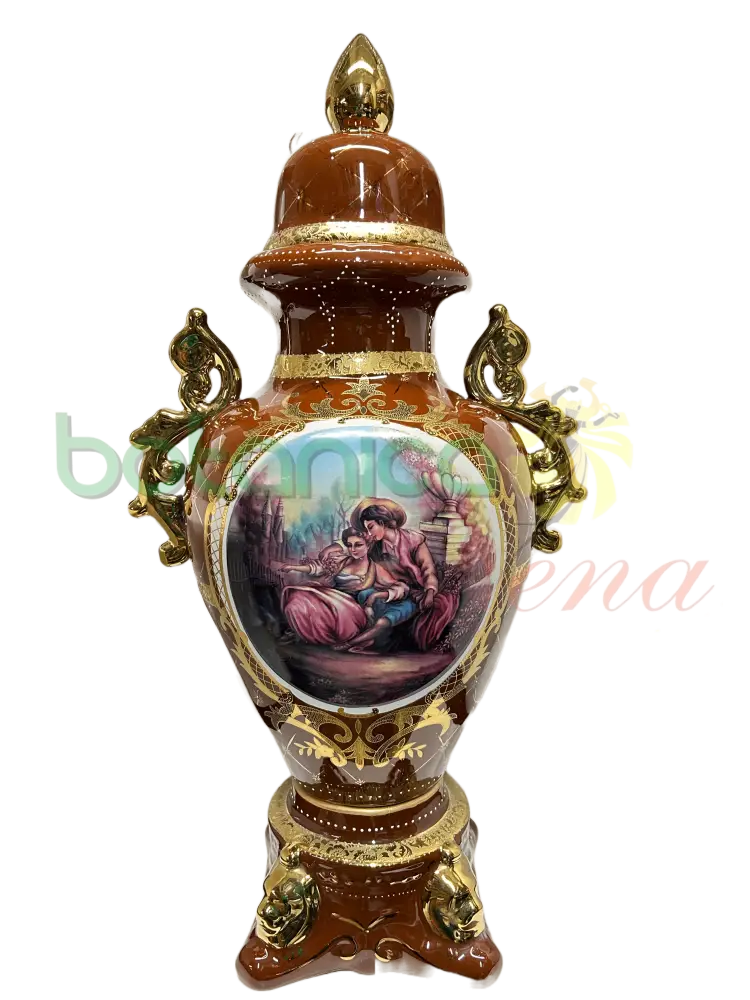
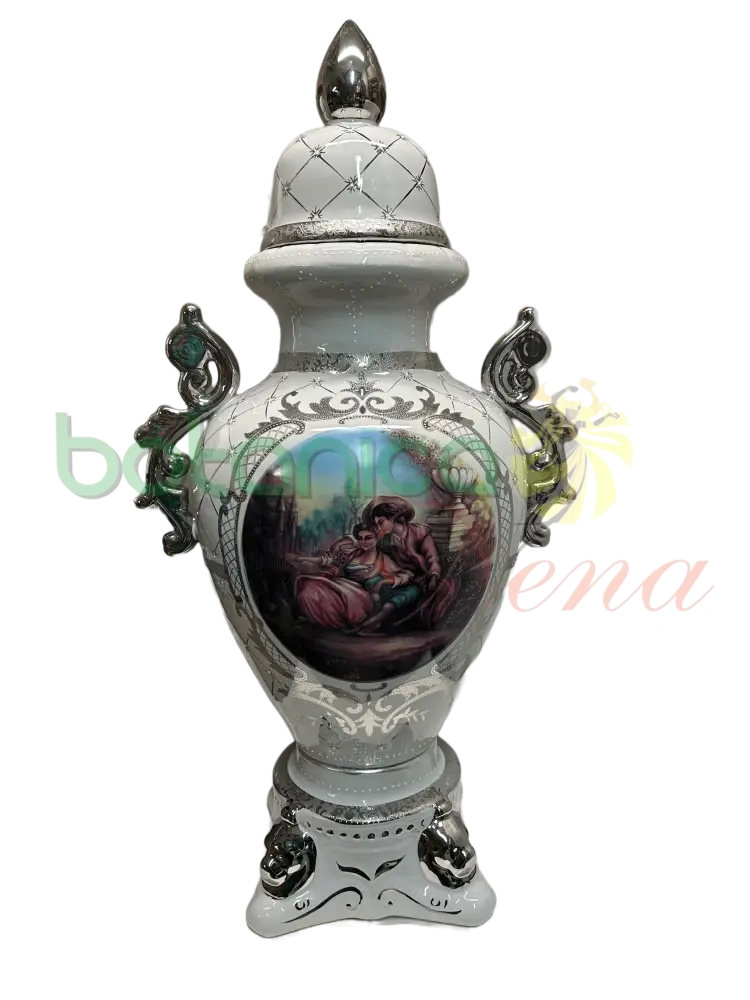
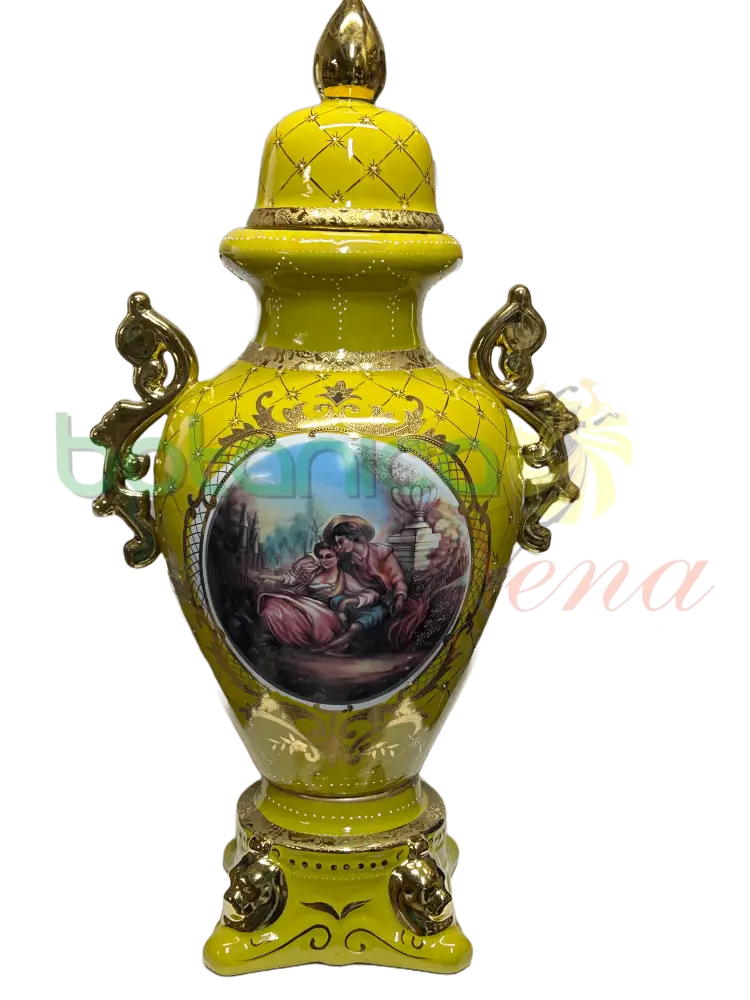
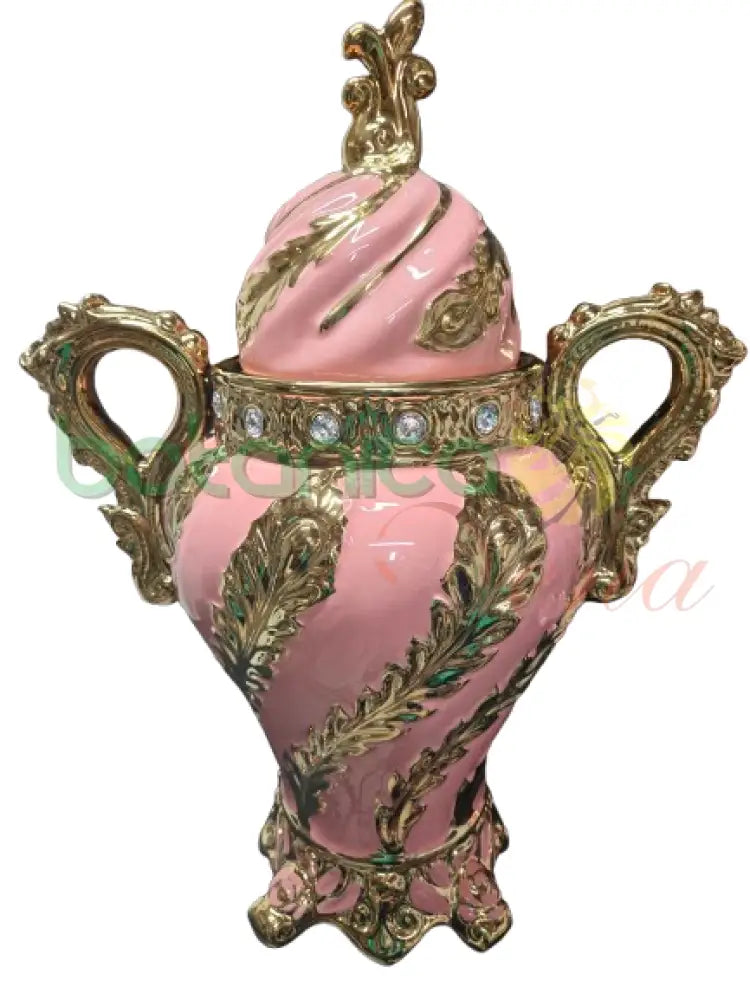
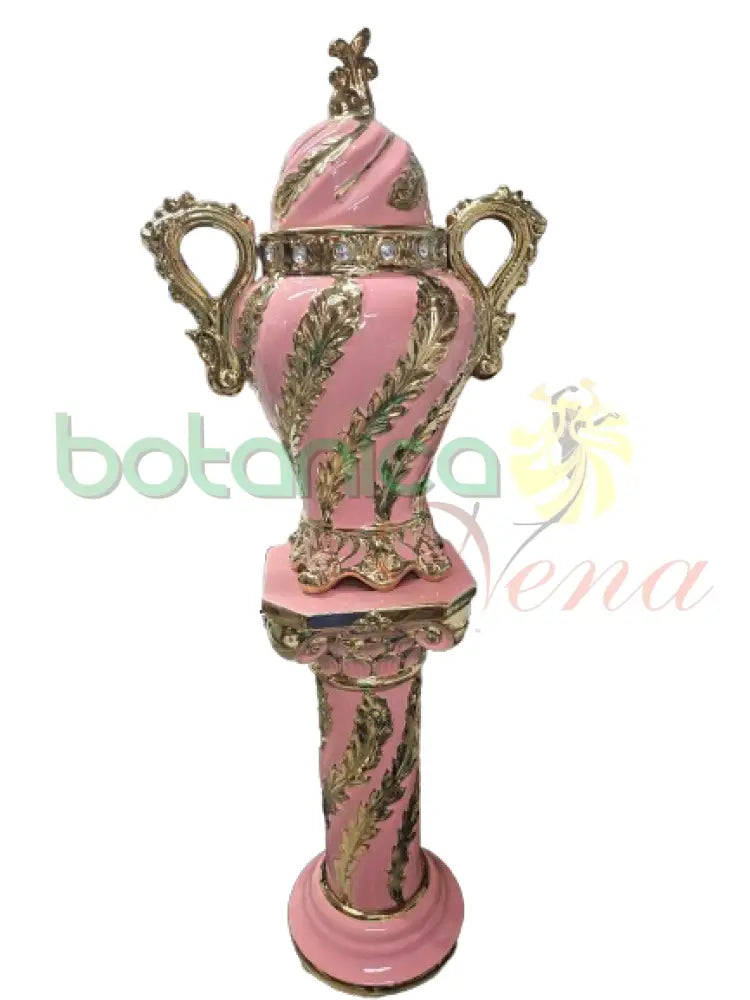
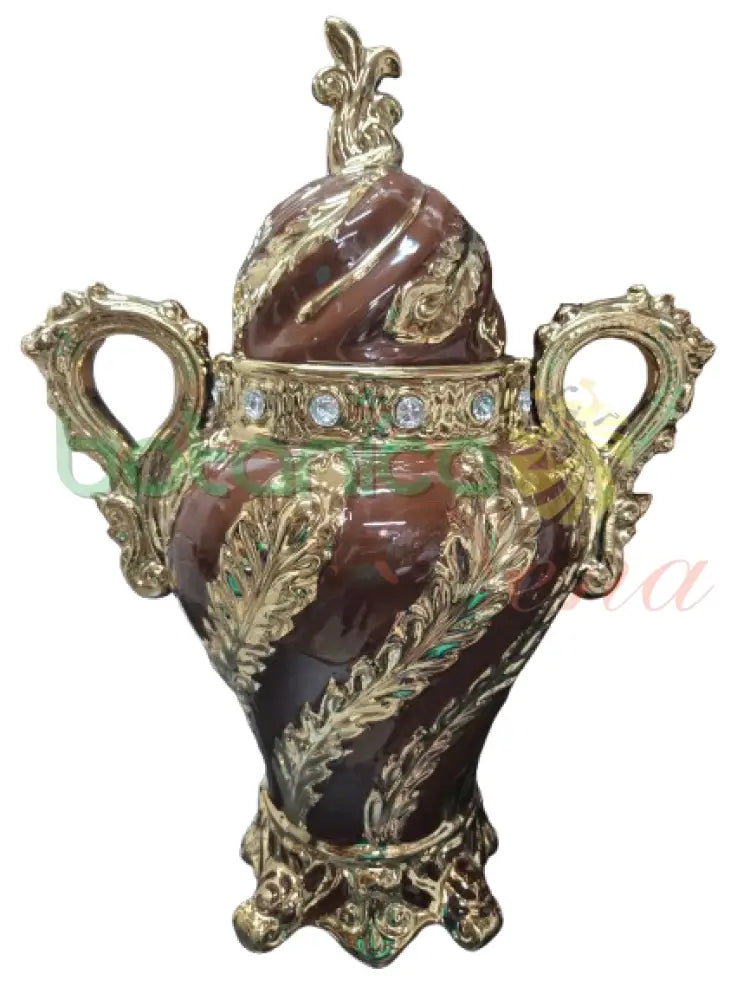
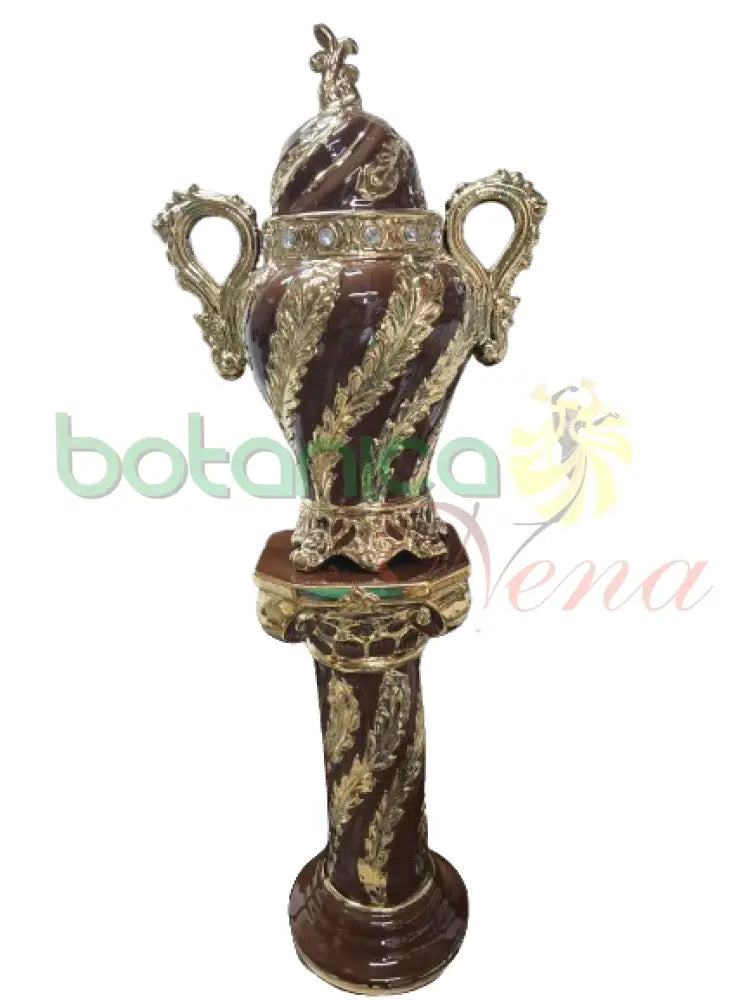
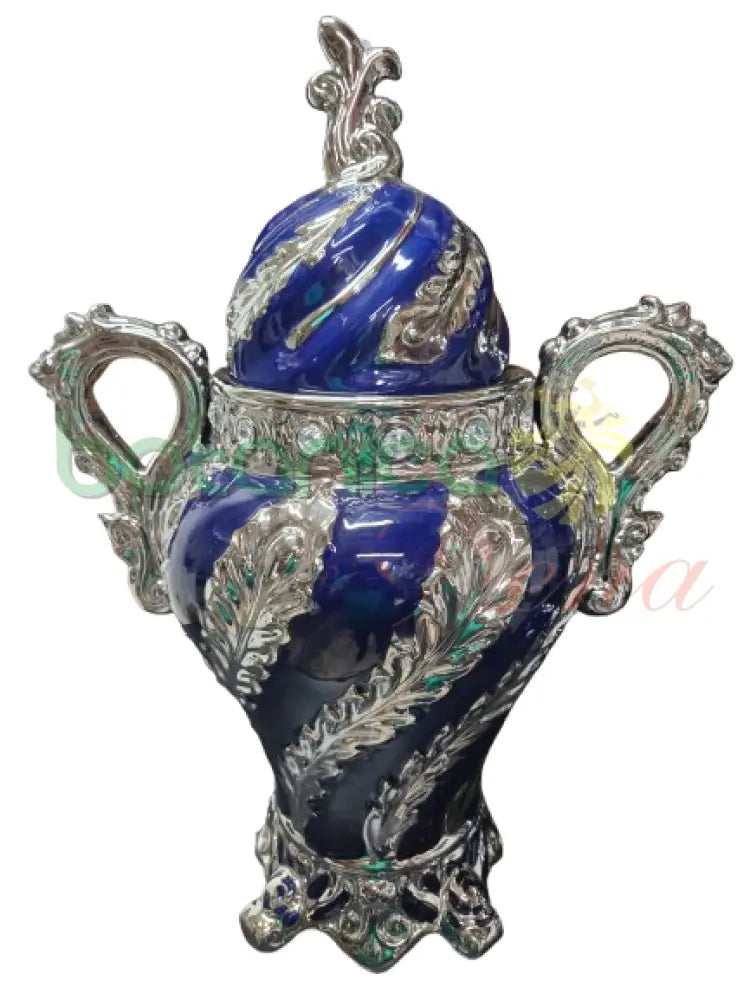
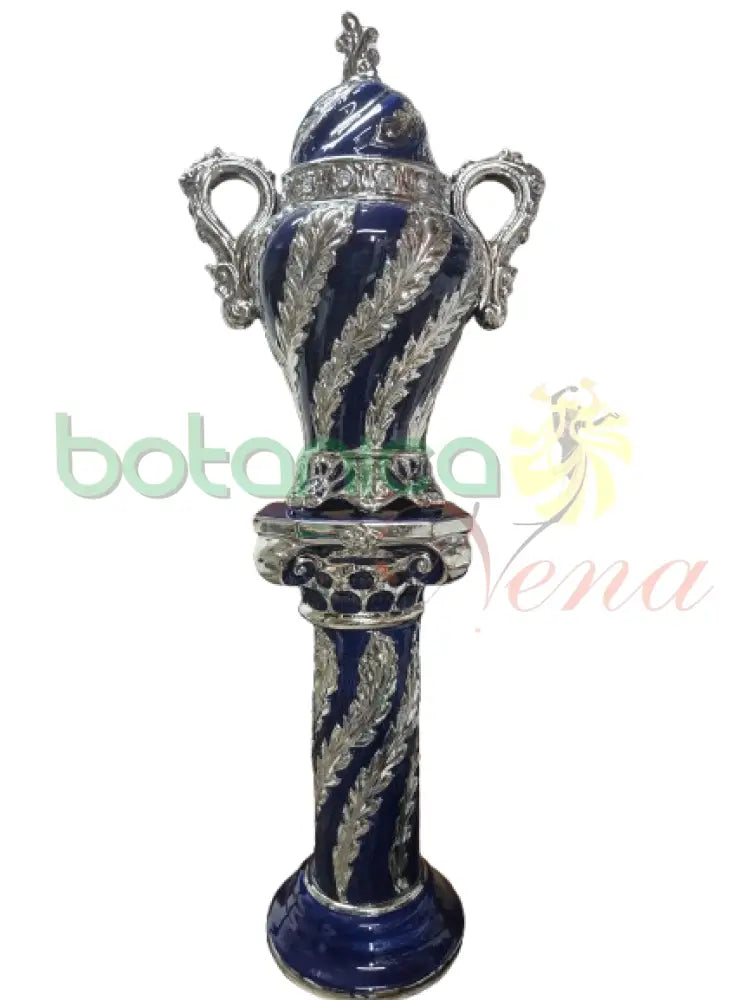
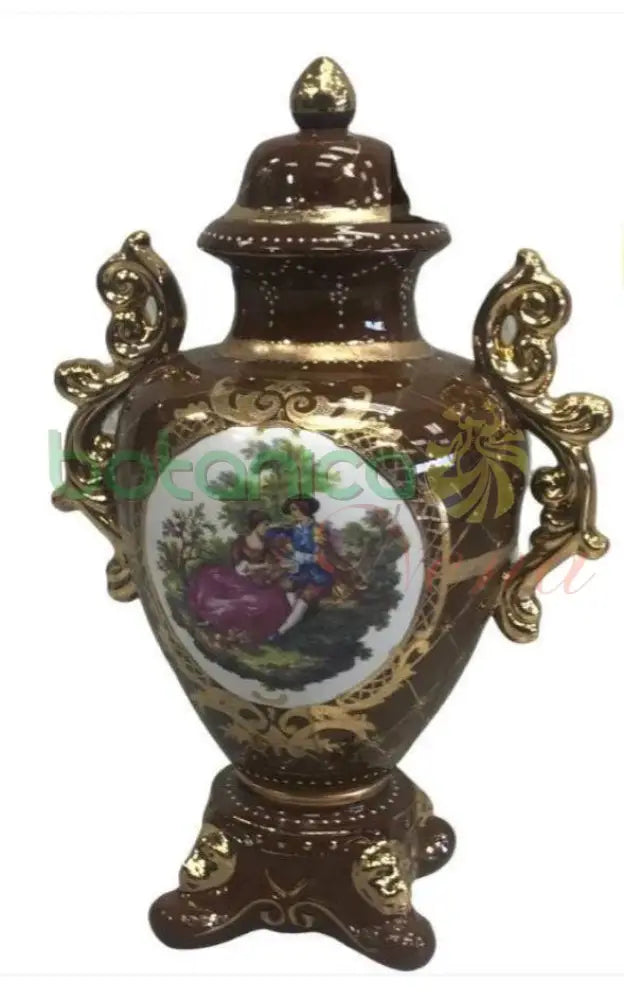
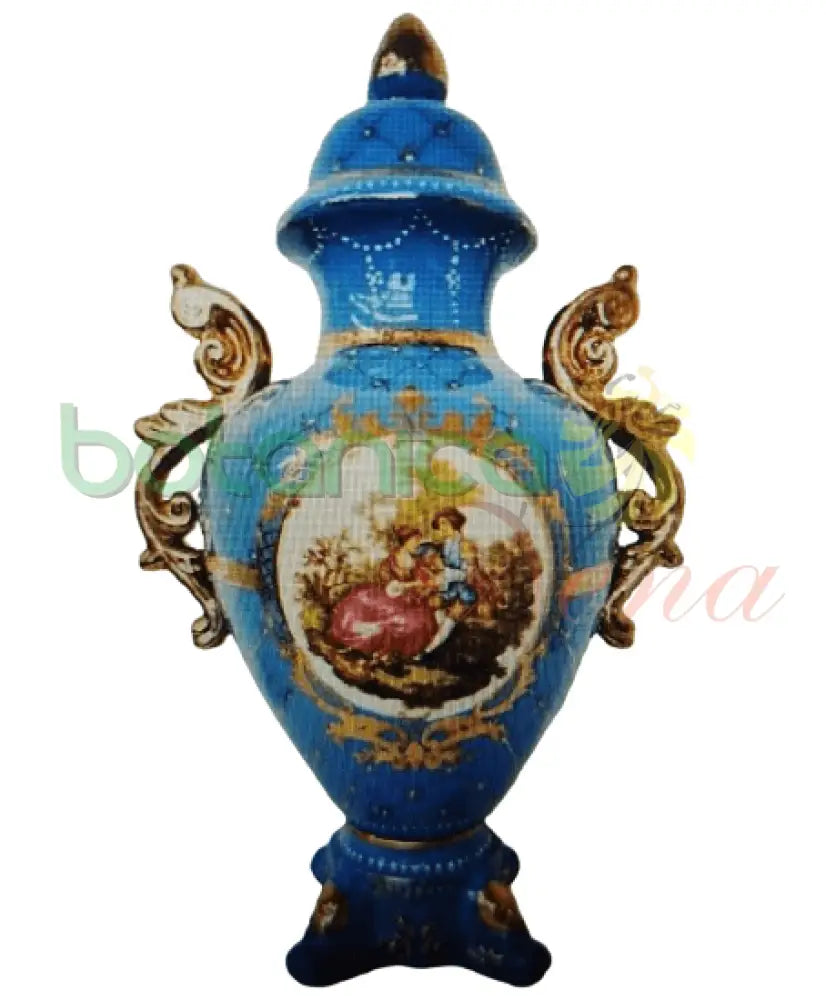
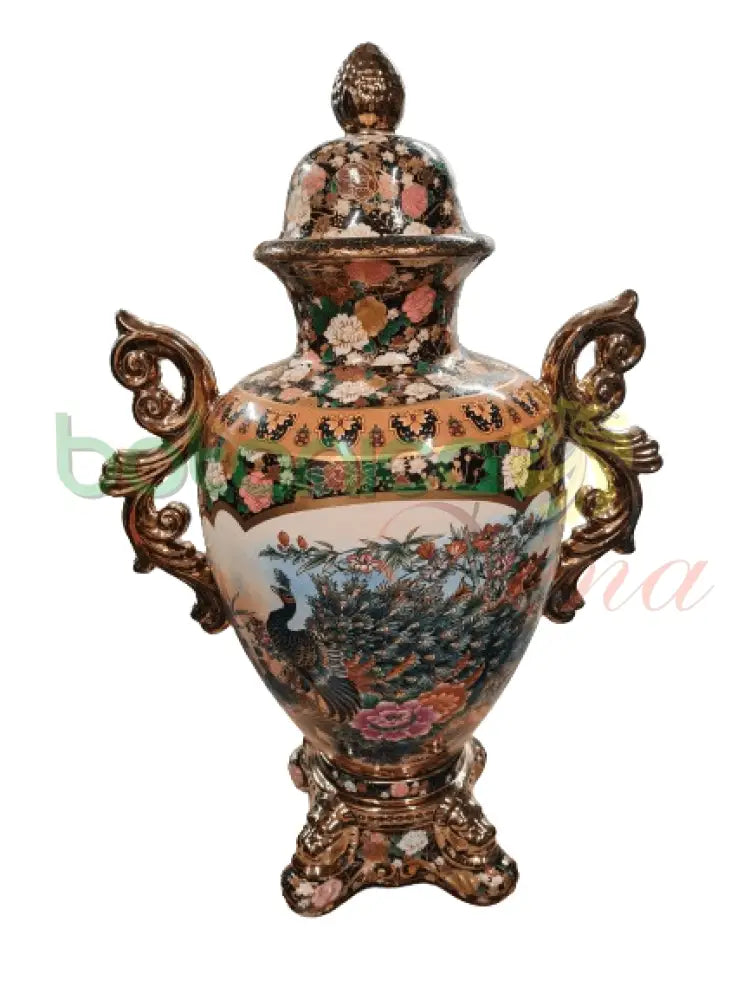
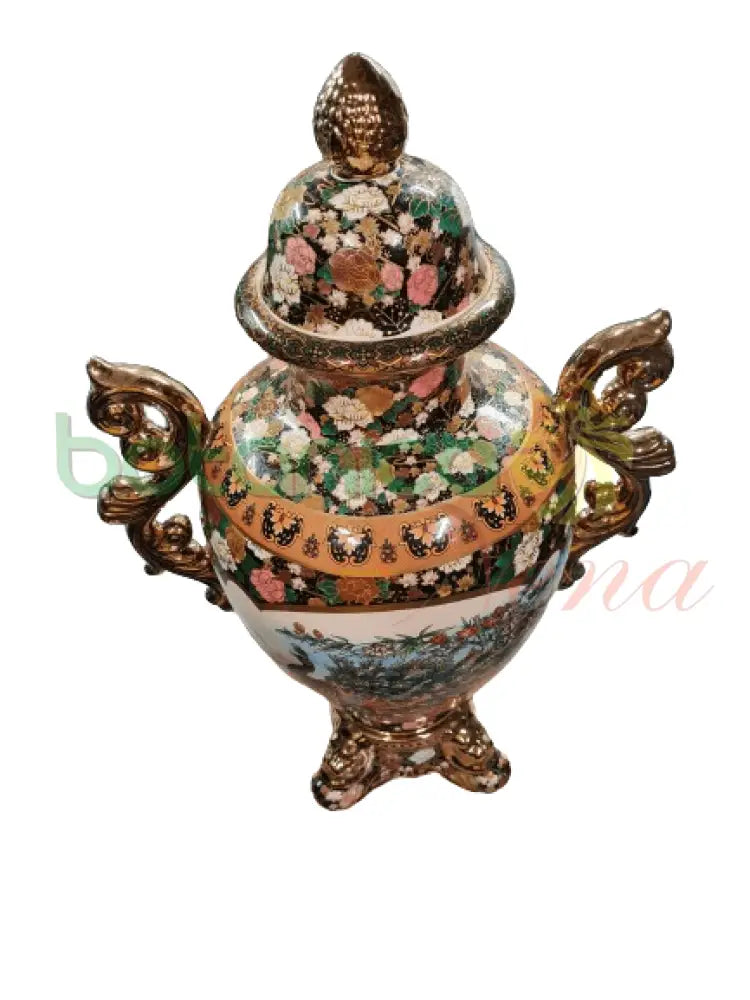
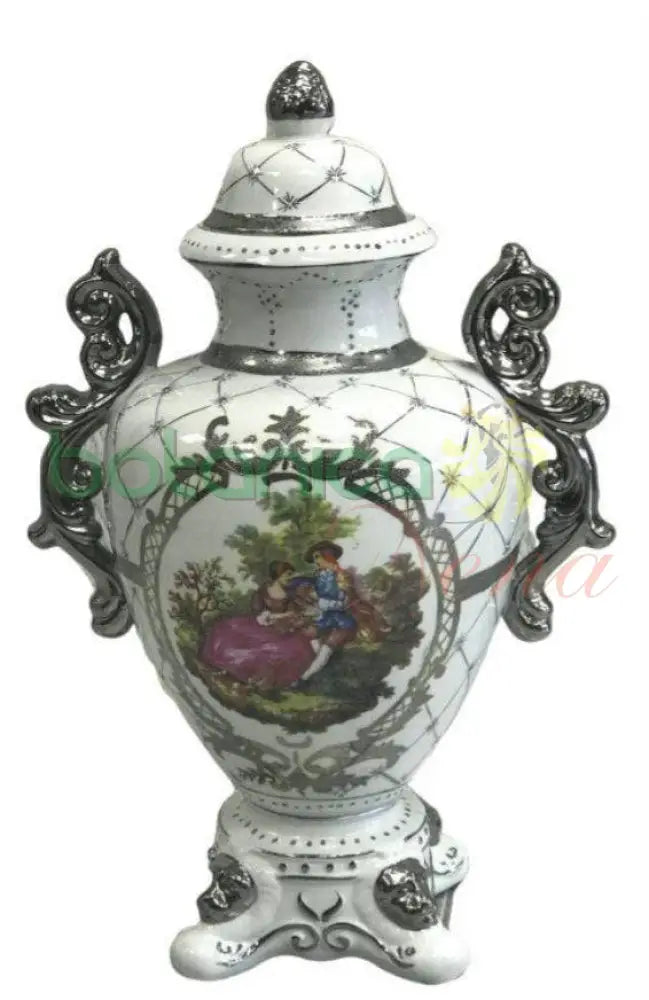
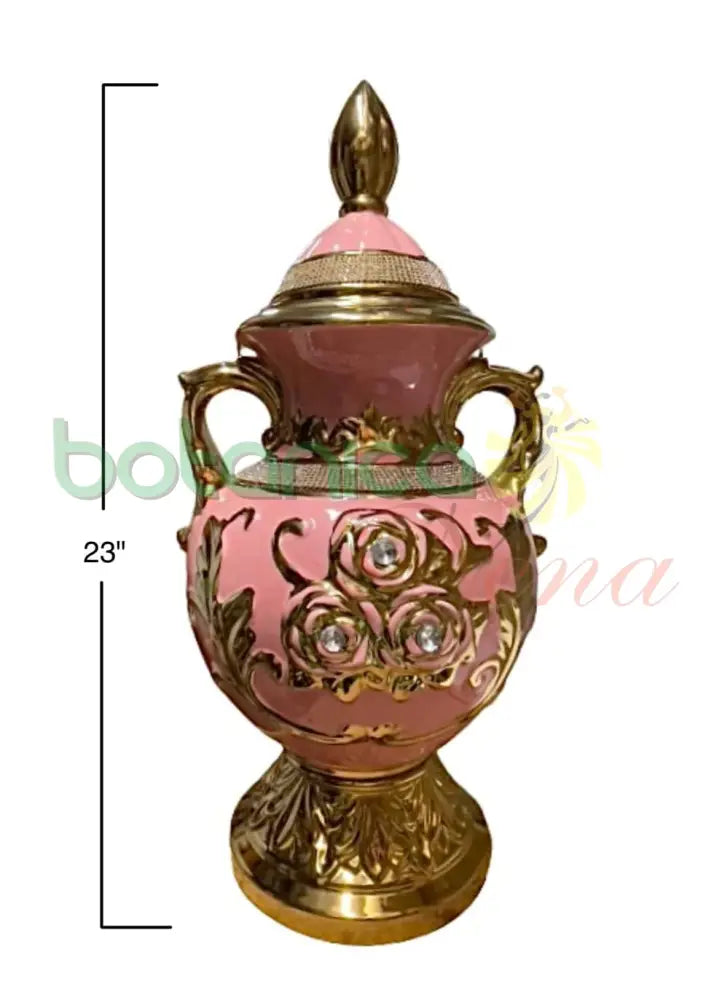
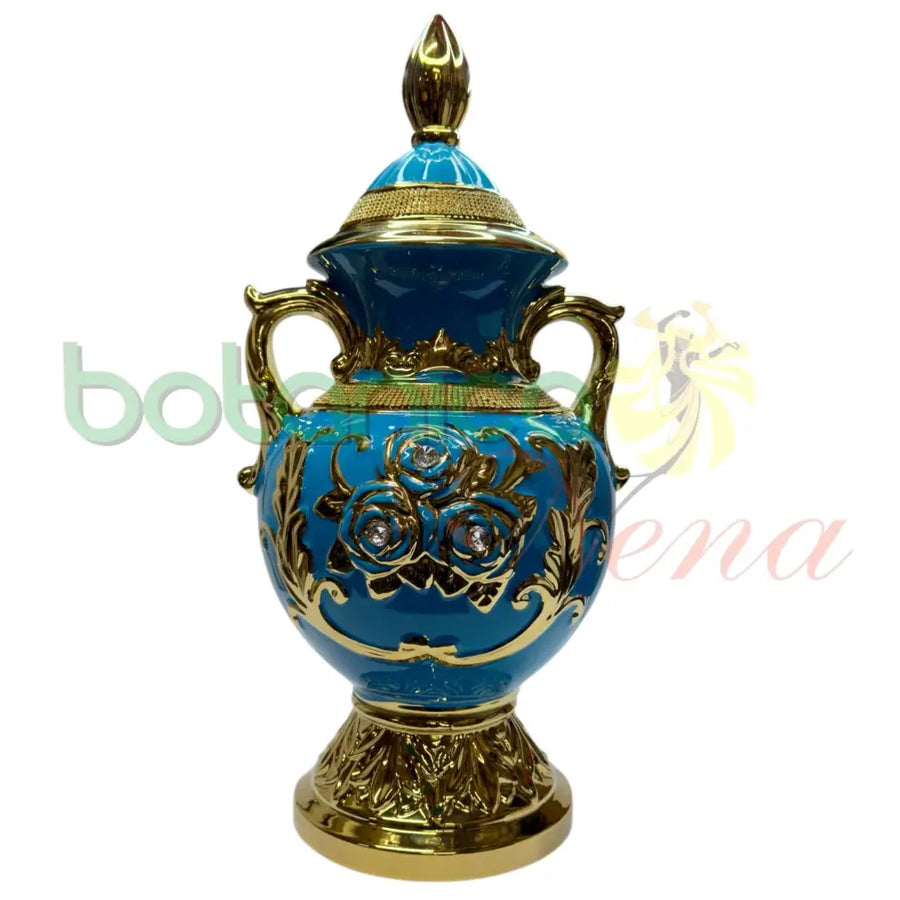
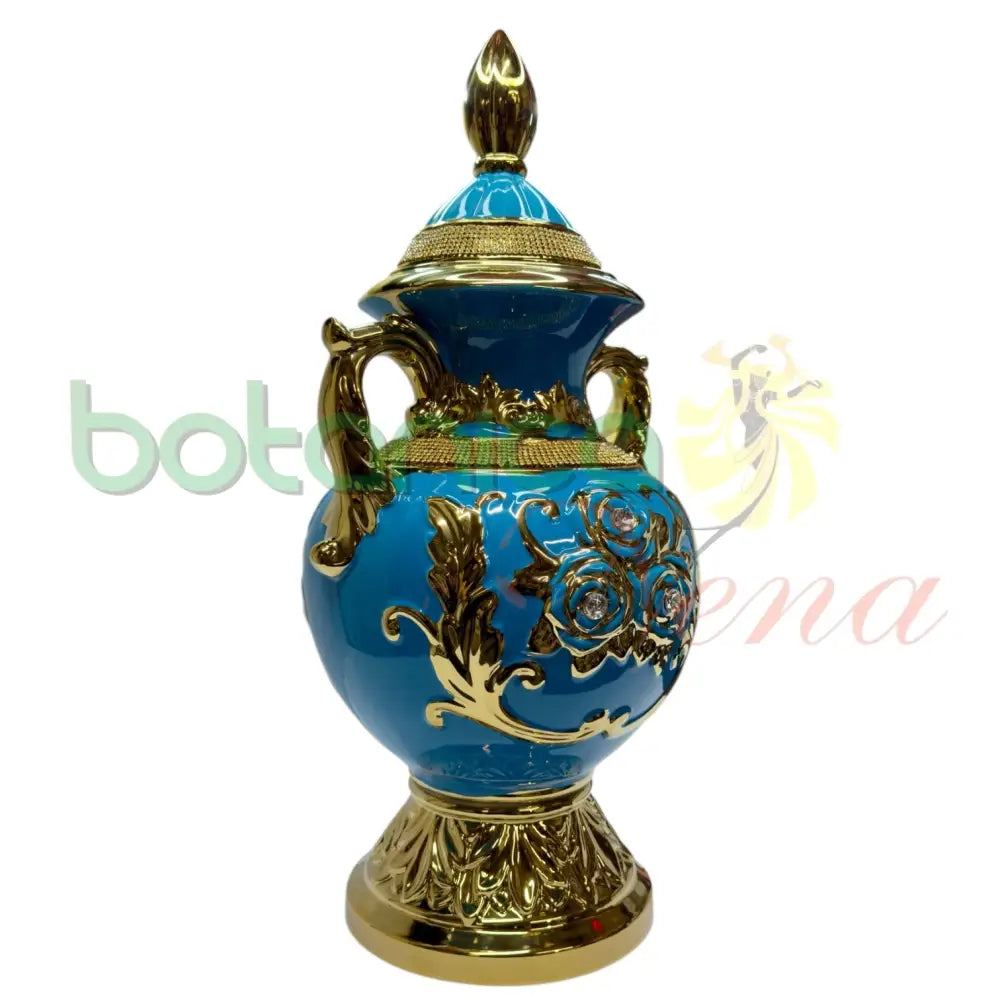
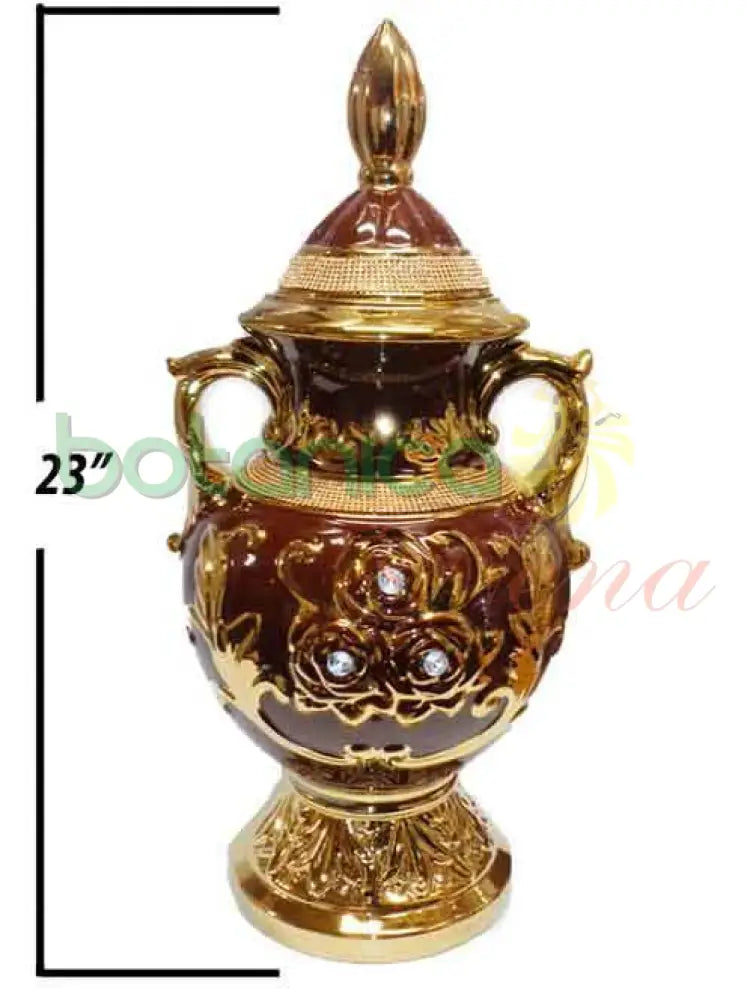
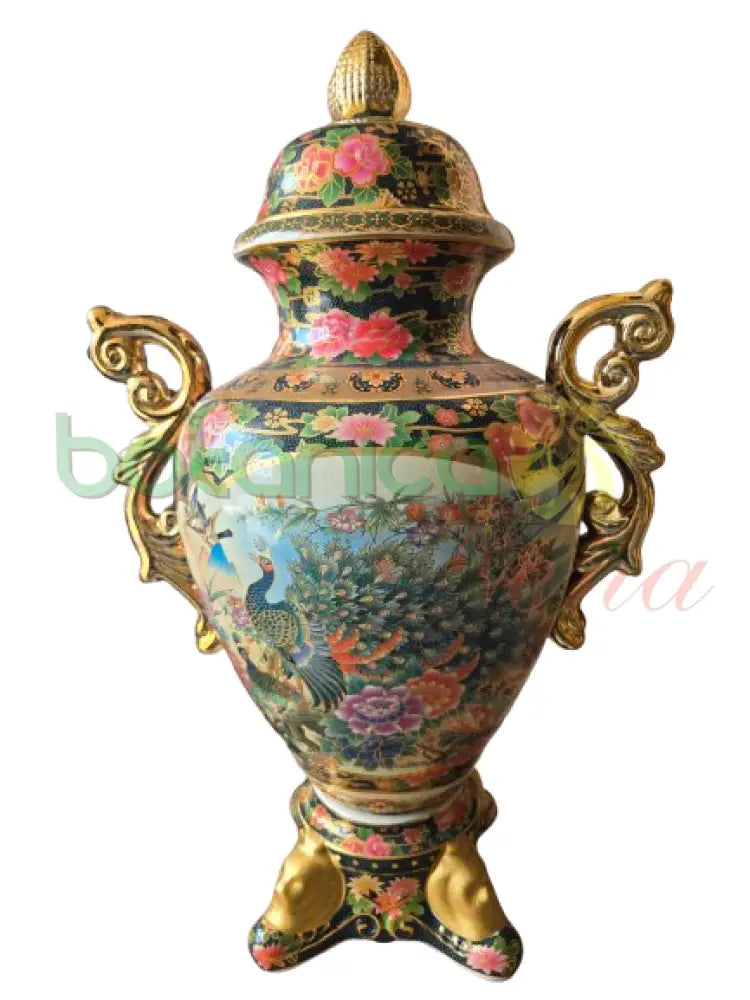
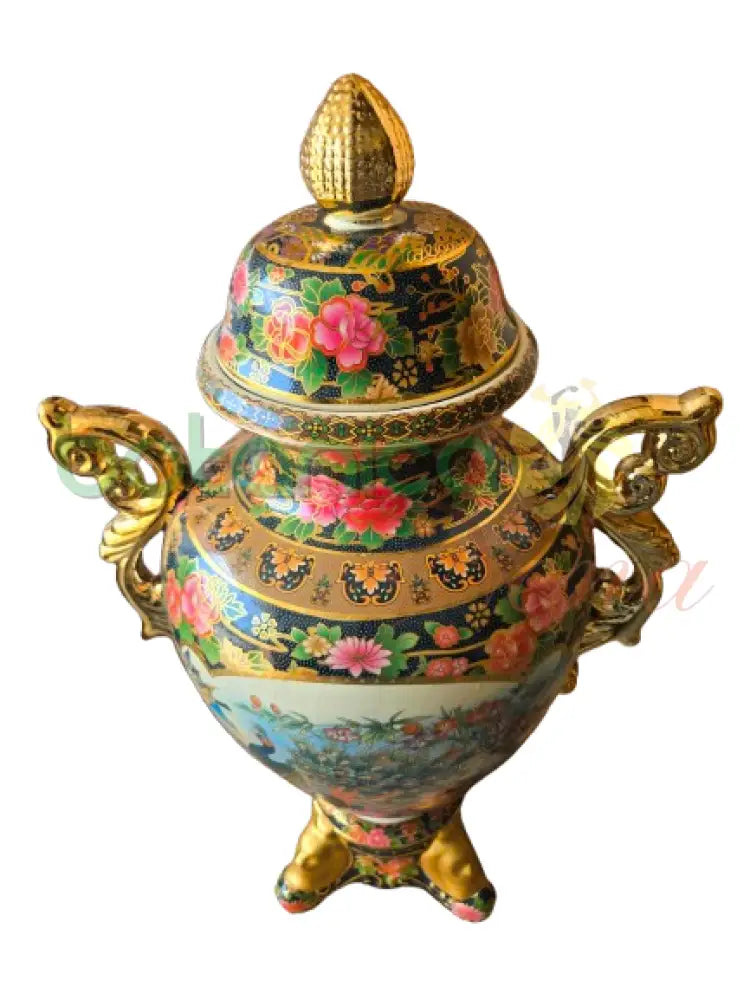
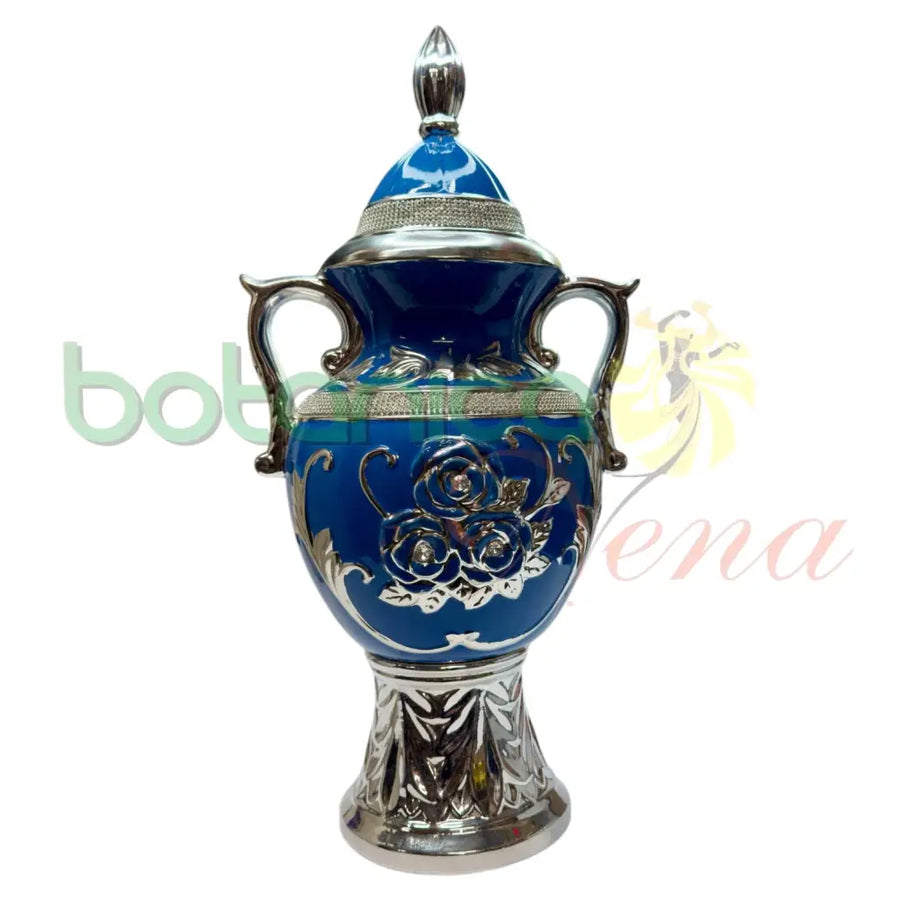
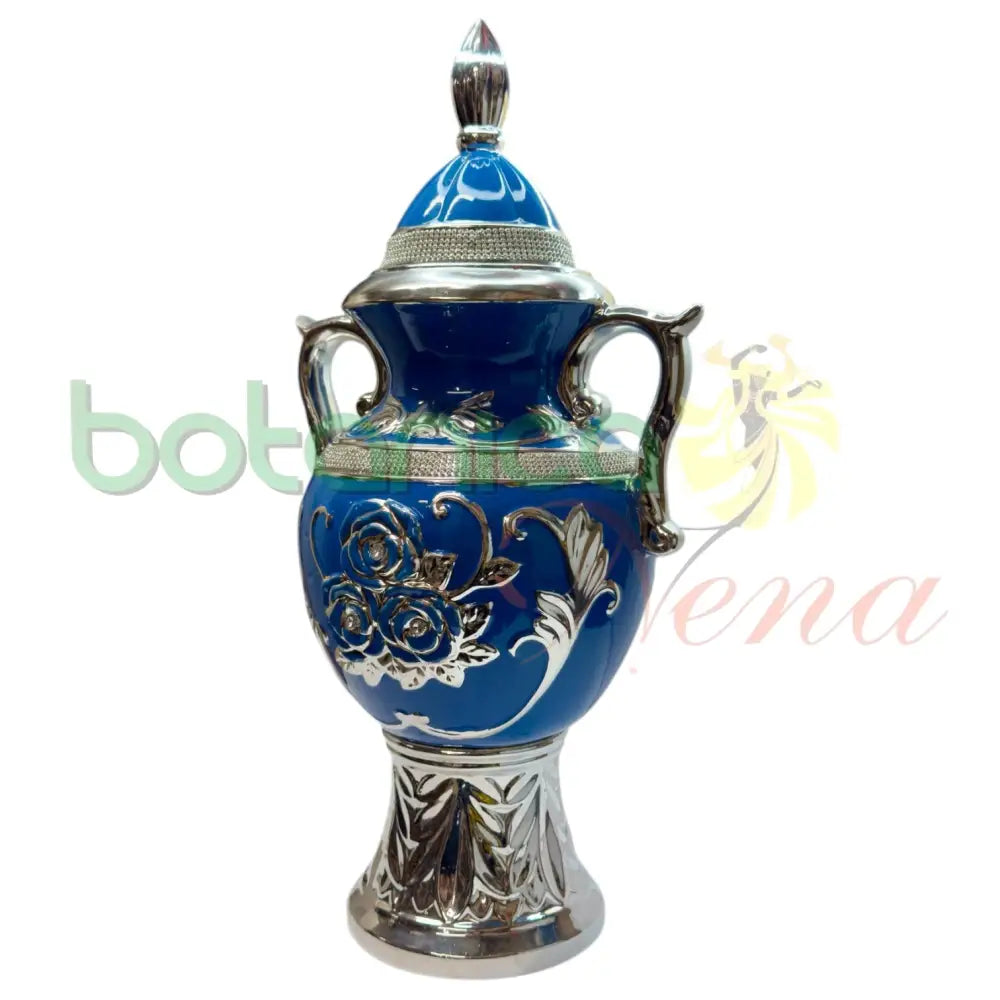
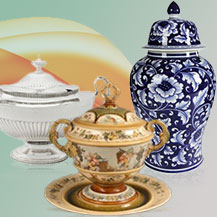
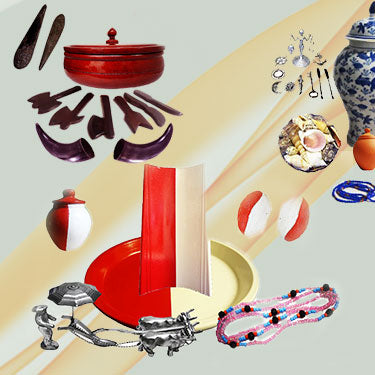

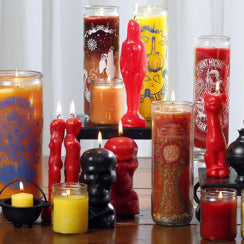
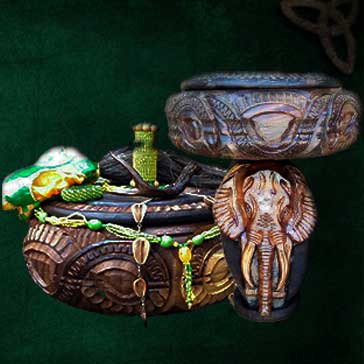

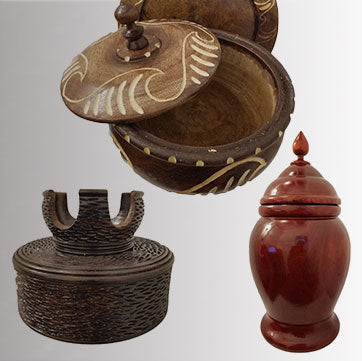
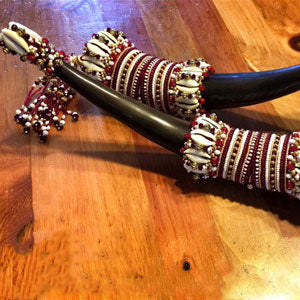
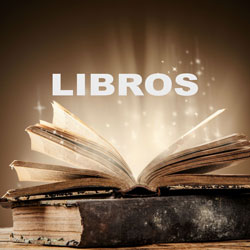

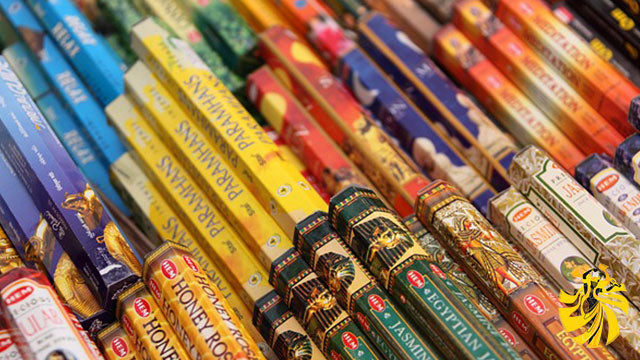
Dejar un comentario